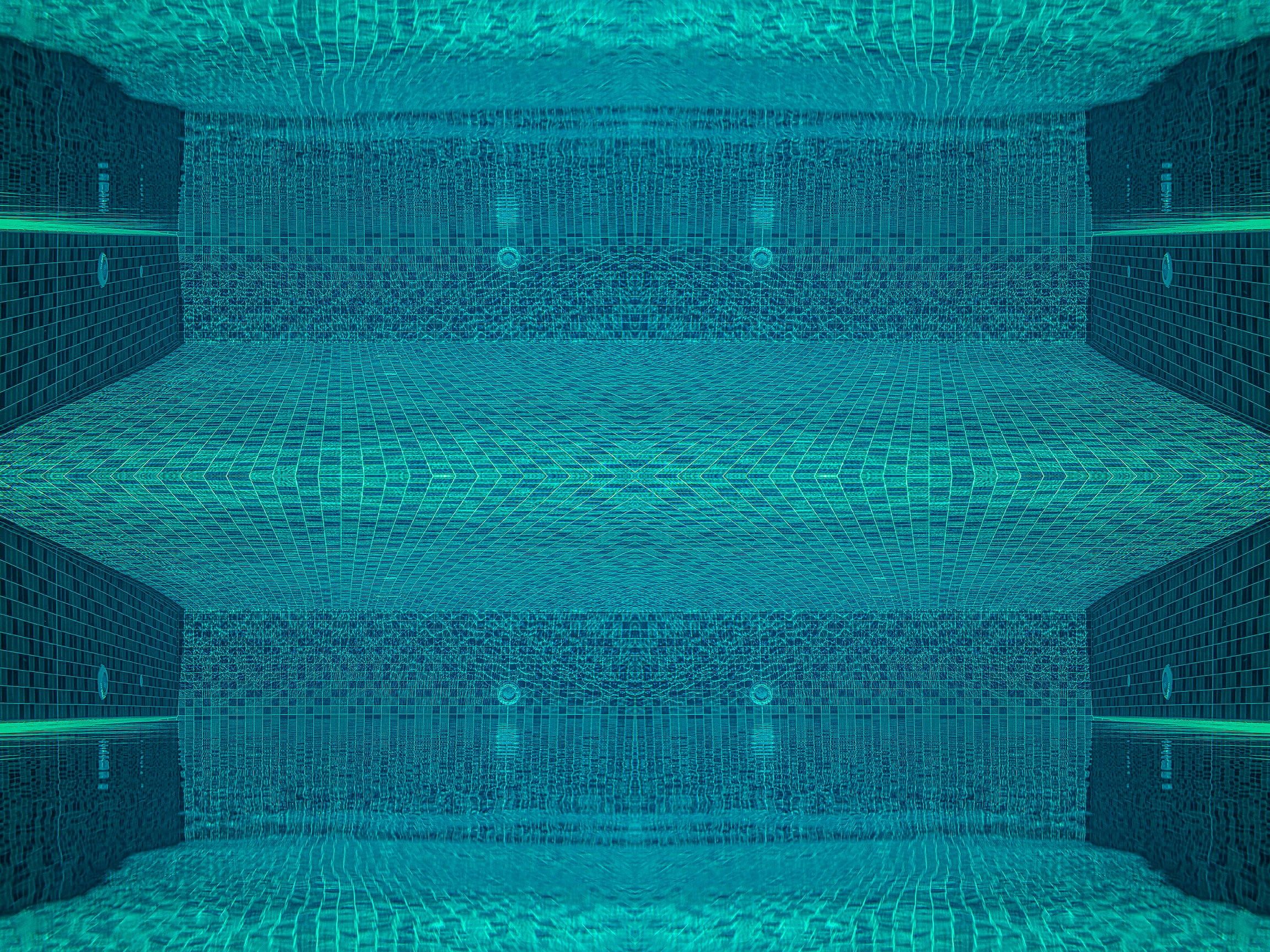My artistic practice has been fundamentally rooted in photography, a visual medium, but over time I have come to realize that there are worlds that cannot be fully expressed through ‘what is seen’ alone. My work begins with a critical questioning of the absolute trust placed in vision—what is known as visual centrism. I believe that the unseen—memory, emotion, language, sensation, and the stories of others—are essential elements for a deeper understanding of human existence. This conviction lies at the core of my artistic journey.
This concern is most explicitly realized in my signature project, “Seen and Unseen.” Inspired by Sophie Calle’s 1986 work The Blind, which expands on the sensory value of ‘not seeing’ through the experiences of the visually impaired, this project integrates tactile language such as Braille, wooden sculptural modules, photography, and video installations to dismantle perception systems that rely solely on vision and to explore the multilayered nature of sensation.
I reinterpret Braille not merely as a language for the visually impaired, but as a poetic and sculptural sensory language that visually represents the ‘unseen.’ The use of Braille evokes themes of perception, inclusion, and the complexities of communication beyond traditional vision, offering audiences a rich sensory experience and understanding. The translation of Braille symbols onto wooden modules, assembled into sculptural forms, symbolizes the fragmented yet interconnected nature of human identity shaped by geographic movement and personal experience. Each module represents a small unit of meaning contributing to a larger narrative, while the act of stacking metaphorically reflects ongoing self-reflection, growth, and fulfillment.
The video component intensifies themes of transformation and identity through repetitive visual motifs, reflecting the nonlinear and cyclical nature of life’s journey. The interplay of sight and touch invites viewers to contemplate their own identities and life paths, reflecting on how perception, memory, and experience shape the continual construction of selfhood.
As an immigrant artist born in Korea and living in Canada, navigating cultural borders, my complex identity constantly prompts me to reinterpret language, the body, and sensation. This process of fragmentation, translation, and restoration of identity is embedded in my work. This experience extends beyond personal narrative to encompass social reflections on diaspora identity and cultural memory, ultimately returning to the fundamental question, “What does it mean to see?” (Clifford, 1997; Hall, 1990).
Seen and Unseen is an aesthetic practice that deconstructs sensory hierarchies and critically revisits visual centrism while embracing sensory plurality. The project encourages audiences to recognize both the act and limits of ‘seeing’ and explores possibilities for sensory inclusion and social empathy. The tactile materiality of Braille reveals modes of perception that exist even when visual access is limited.
Ultimately, Seen and Unseen is a quiet intervention that crosses the boundaries between sensation and concept. In an image-saturated contemporary society, this project quietly resists through tactility, intimacy, and untold stories. It represents a new language for the unseen world and a sensory mode of exploring identity and memory. Through this work, I hope art can become a conduit not merely for visual representation but for transforming how we perceive and sense the world.


